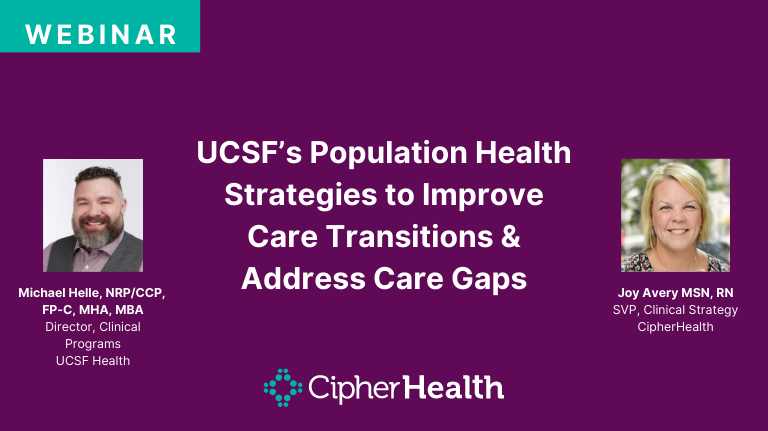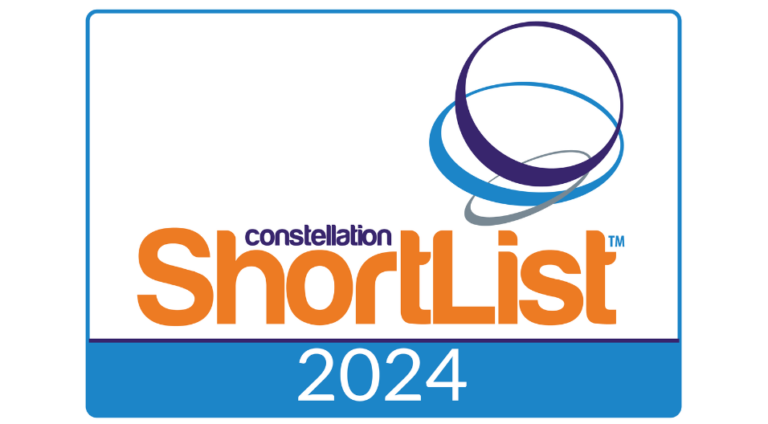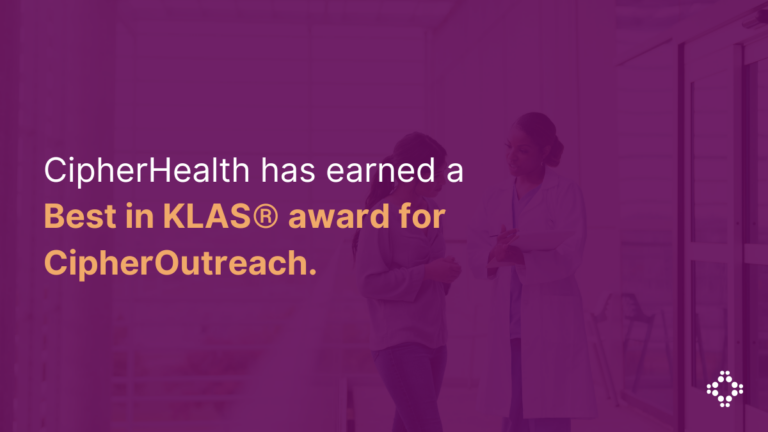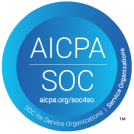The reason health plans grow their Medicare line of business is not merely financially driven, but driven by the expected increase in demand. Medicare spending is expected to reach half a trillion dollars per year by 2025, and has more than doubled in the past seven years. AARP calculates that 10,000 Baby Boomers turn 65 years old every day and the total current Medicare beneficiaries qualified at 77 million. To meet this increase in demand, health plans have reacted by either growing, building, or buying a Medicare line of business. Those born before 1954 lived through an industrial boom, a few wars, a hippy movement, and this latest burst of technology-infused conveniences. Through these changes, health plans face the dynamic demands of today’s baby boomer beneficiaries to help navigate their health and the novel ways of accessing and paying for services.
While health plans stand to benefit financially through increased revenue from growing their Medicare business, they also stand to lose through increased costs with sicker beneficiaries and expensive acute and chronic treatments. For this reason, a health plan deciding to grow, start, or buy a Medicare line of business should have an expertise and a vision for how to manage this population’s physical and mental health needs while enhancing the member’s experience. Ideally, a managed care organization would have extensive experience in providing tailored and local services to a senior population, which it manages well, to be able to scale the model for new members. As Gary Rosenfield, a Health Plan Leadership Executive, remarked, The members should always be at the center of any plan or model.
“Medicare Advantage (MA) is increasingly the way in which health care services for seniors, and younger people with disabilities, are financed and coordinated; in large part, this is because beneficiaries enrolled in MA plans appreciate access to care coordination supports, to supplemental benefits, to real-time customer services, and to cost predictability and control,” adds John Lovelace, President, Government Programs and Individual Advantage at UPMC Health Plan.
Essential components to a successful Medicare Advantage (MA) model should include member and provider engagement, in the following areas:
- Regulatory Compliance
For the health plan to comply with current and new regulations, a coordinated process of allocating the right resources to comply with member interactions for enrollment notifications, appeals and grievances, high-risk member communication and management is necessary to stay in existence, avoid fines and member/provider abrasion. - Provider Engagement
Medicare Advantage plans thrive off of highly functional and responsive provider networks that know how to close gaps in preventive care and satisfy their patients. Additionally, there should be incentives to close gaps in care and reduce avoidable emergency department utilization and readmissions after discharge - Technology and User Experience
Baby Boomers leverage a variety of technologies and expect their health plan to support experiences across multiple channels. Seniors will engage with automated communications via phone calls and text messages to share feedback and answer questions. They also expect an online and app experience that is easy to navigate and supports shared decision making. The purpose of technology should be to enhance the health plan experience and provide supplemental benefits for whole person care. They expect coordinated and timely experiences to meet their health needs. “The technology should facilitate a seamless user experience for members and make them feel all stakeholders in their provision of care are completely aligned,” adds Rosenfield. - Convenient Access to Information and Retail Services
Convenient access to health information, services, and pricing drive use and member satisfaction. With the stars rating weight for access and experience doubling, this area is increasing in its importance. Health plans should have a place where seniors can look people in the eye and get a trusted answer to their questions in addition to the ability to easily access information online. A huge benefit would be a place to go where in addition to healthcare services, seniors can socialize, play games, or even get their hair done while managing their chronic conditions. Rosenfield shares that England created a governmental agency to address senior loneliness, which is a driver of chronic conditions. MA plans could play a role in that space on this side of the Atlantic. - Cost Containment
Seniors are educated consumers and will want to push back on wasteful health services. As educated consumers, they will look for improved communication and be open to using tech solutions that better coordinate care and share health-related information. For this group, cost containment at the core means eliminating unnecessary and duplicative services, such as diagnostics and imaging. For the plan, high, unexpected costs such as a readmission post-discharge, can drive up the total cost of care quickly. Working to engage both members and providers can help improve outcomes and reduce wasteful services, which will help curb avoidable costs. - Real-Time Care Coordination
Leverage Admissions-Discharge-Transfer (ADT) data for real-time care transition coordination to support Stars measures including timely access to care with the beneficiary’s primary care provider and/or specialist. Seniors are more likely to have multiple conditions with specialists. Coordinating that care with a trusted primary care physician (PCP) in real-time to catch drug-to-drug interactions with a proper medication reconciliation with their PCP may reduce readmissions and will certainly improve the member experience. - Caregiver Support
Support caregivers with tools to better coordinate their efforts and insights in the home with other care team members that do not have as many touches with the beneficiary may prevent acute events. Caregiver support isn’t just financial. Proper training and education with ceremonies to build their knowledge and pride in their role is important for growth and sustainability. Respite care for caregivers recharges these individuals that are extensions of your care team. Make sure the plan values the caregiver because many times they are an extension of your member and may be a future member one day.
Lovelace offers that MA Plans are well-positioned and successful in bringing resources to bear on many “health-related” issues that impact the utilization and efficacy of health care, such as social needs, family supports, and caregiver resources,
Scaling these components so that the model continues to enhance the healthcare experience may be challenging. Understanding the needs of the population, segmenting the seniors, and identifying how to communicate with the segments will allow for better scalability. Scaling the growth from a local and well-managed base is a competitive advantage. Key learnings from managing a base of 10,000 beneficiaries give actuaries, care managers, and providers a representative model for how to improve their processes to impact performance.
High performing, growth plans stand to benefit the most through quality performance incentives such as bonus payments and open enrollment periods to scale and grow. These performance dollars can translate to 5% of Medicare revenue or an additional $1B annually, which plans cannot fiscally account for until it materializes; meaning there’s a big cash injection when performance goals are reached. The profit could help differentiate the plan if it invests in the right Medicare Advantage market needs, which will subsequently improve its chances of retaining and gaining members. Rosenfield suggests that investing money in quality programs could be a sounder, more scalable growth and performance plan than growth by acquisition. The reason behind this thought is that members will trust the plan that makes investments in quality and their experience will be enhanced.
To grow, plans should spend money on trustworthy communication. Every interaction with members can help to create trust. Welcome them to the plan and listen to which benefits are most important to them. Encourage the appropriate use of those benefits and continue to engage and educate. As an example, with one-third of Medicare beneficiaries hospitalized every year and one-third of congestive heart failure (CHF) discharges readmitted within 30 days, there is clearly room for improvement. Reaching out to 100% of patients discharged should be one of the first steps in driving improvement to this metric. Without automation, engaging these beneficiaries with scale becomes a challenge from a timing and labor perspective.
In summary, health plans with a Medicare Advantage program need to be able to scale engagement with large numbers of people qualifying and selecting their brand. This will not only helps financially but also encourage more enrollees to join the plan with the open enrollment period throughout the year. When an MA plan performs on quality and grows based on organic growth, the model becomes more sustainable and valuable.







